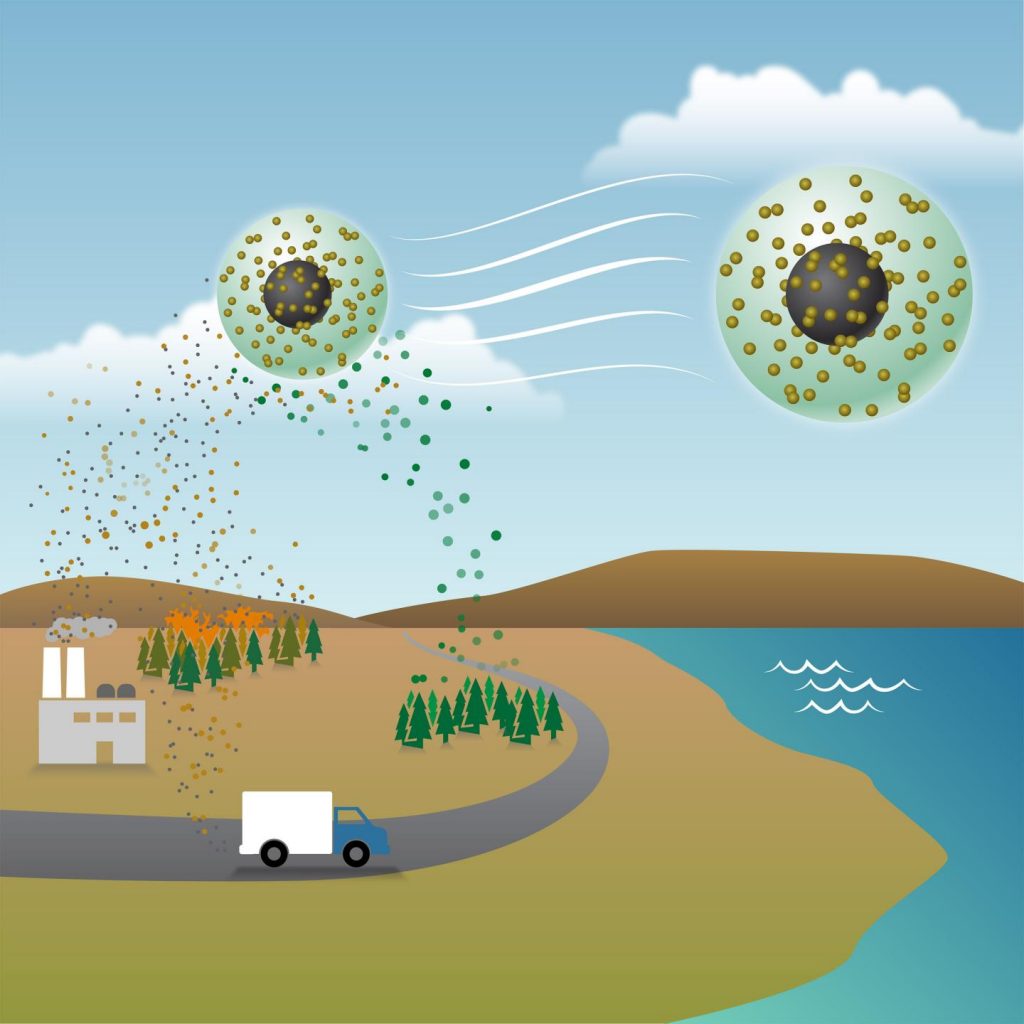CORVALLIS, Ore. — A new way of looking at how pollutants ride through the atmosphere has quadrupled the estimate of global lung cancer risk from a pollutant caused by combustion, to a level that is now double the allowable limit recommended by the World Health Organization.
The findings, published this week in the Proceedings of the National Academy of Sciences Early Edition online, showed that tiny floating particles can grow semi-solid around pollutants, allowing them to last longer and travel much farther than what previous global climate models predicted.
Scientists said the new estimates more closely match actual measurements of the pollutants from more than 300 urban and rural settings.

